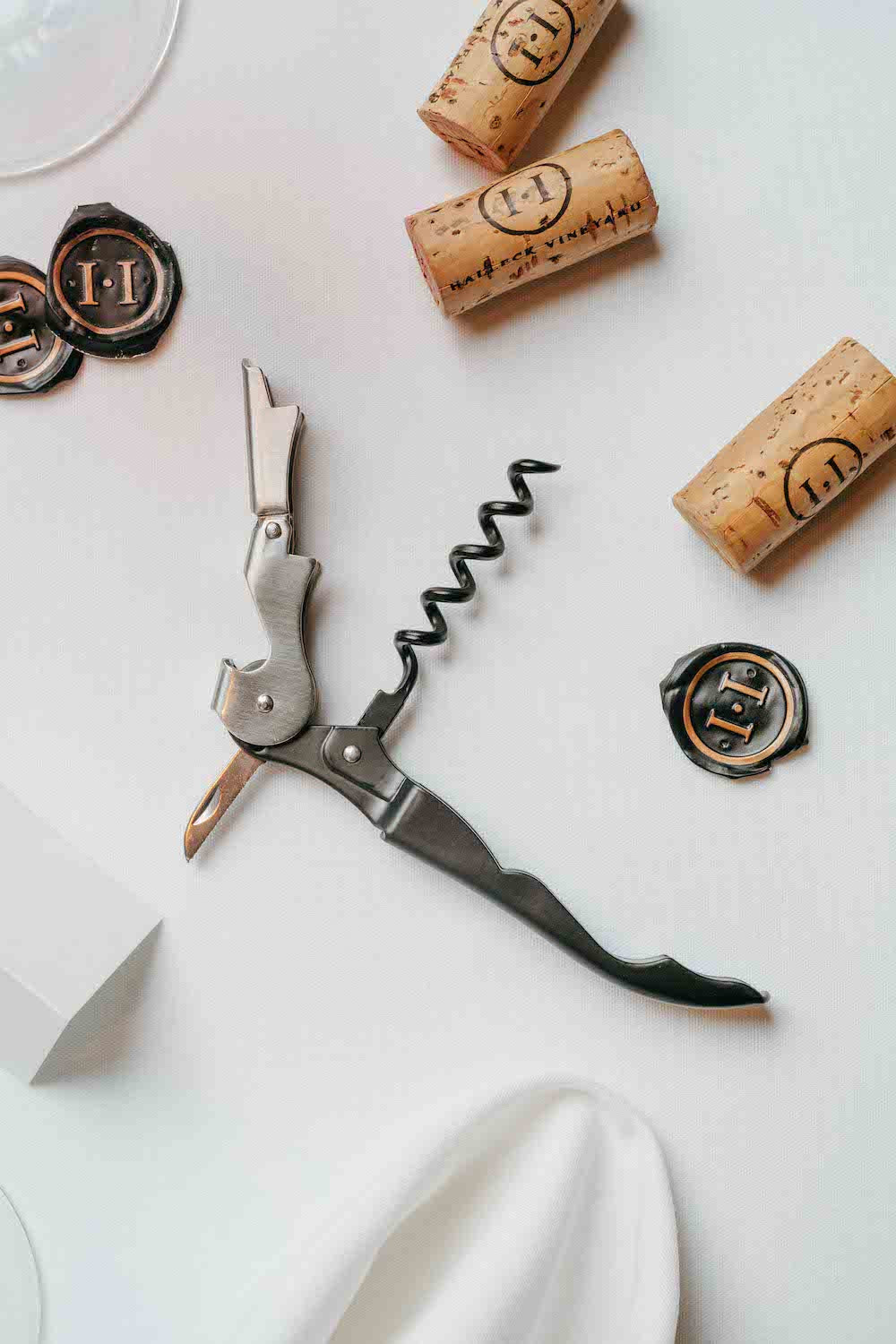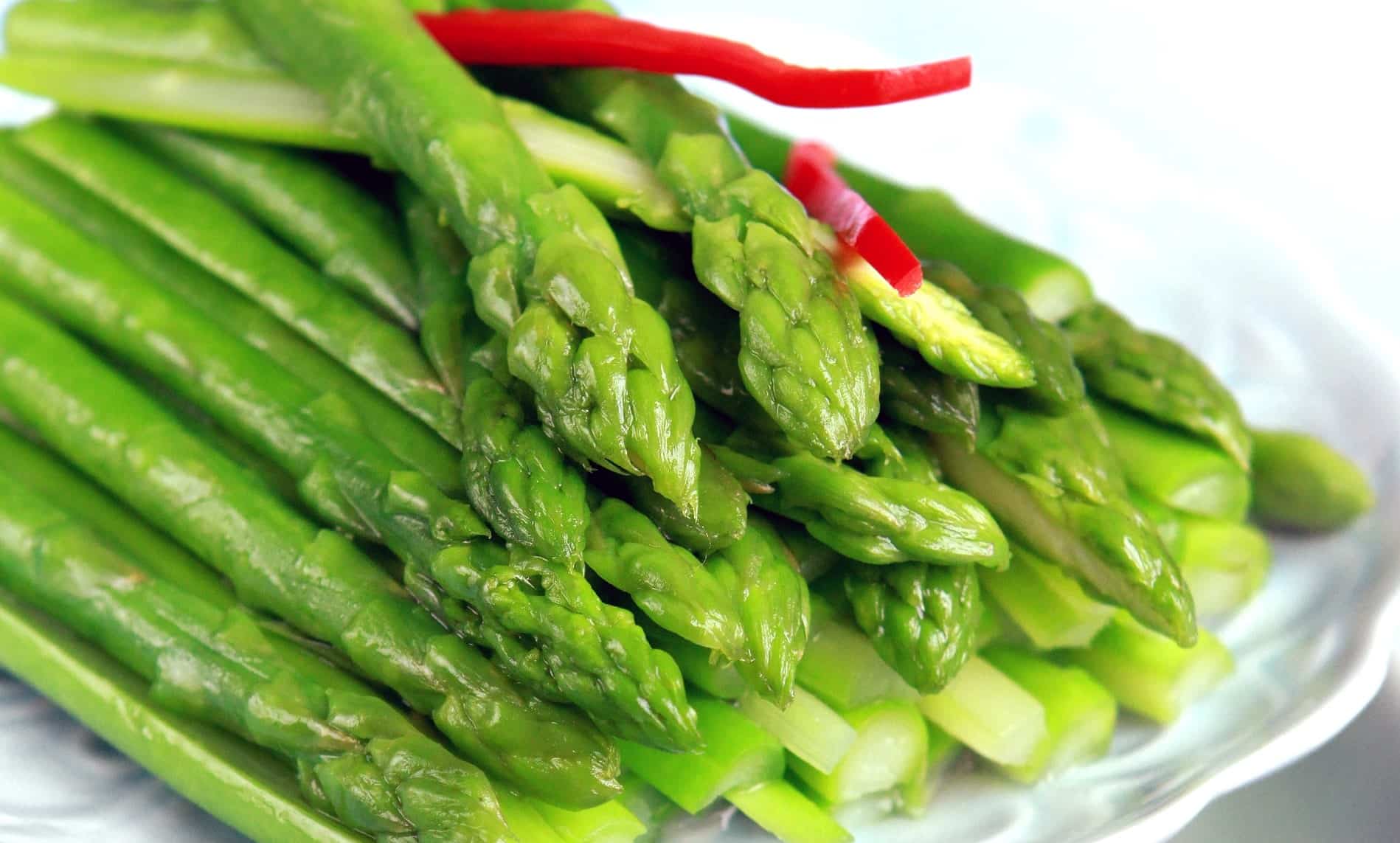Wineries Pairing Wine With Chocolate - Sebastopol Winery Experience
Best Wineries For Wine Tasting In Sonoma - Sonoma's Best Vineyards
Wine tasting is an art that combines sensory experience with an appreciation for the nuances of various varietals. How to evaluate flavors in winery wine tasting sessions is pivotal to greedy the complexities of wine.
Partaking in a wine tasting includes more than simply sipping and savoring. It requires a targeted approach to identify aromas and flavors that every wine presents. As you begin, observe the wine's appearance, noting its color and clarity. These visual cues often counsel a wine’s age, grape variety, and even potential flavor profiles.
The next step in the tasting process is to swirl the wine in your glass. This action releases aromatic compounds which would possibly be important for evaluation. Lean in and take a second to inhale deeply; the aromas can vary from floral and fruity to spicy and earthy. The nostril of the wine is simply as necessary because the palate, and recognizing scents plays a significant role in understanding the general experience.
When taking your first sip, allow the wine to move throughout your palate - Celebrated Winemakers To Discover In Sonoma. Notice the preliminary flavors that current themselves. Is the wine fruity, floral, or perhaps herbaceous? This preliminary taste offers perception into what the wine is prone to categorical as you proceed to judge it. The mouthfeel additionally contributes to the general flavor experience; it can be silky, tannic, or even effervescent.
Wineries Offering Private Events - Vines And Views In Sonoma Wine Country
As you continue tasting, pay consideration to the wine’s balance. A well-balanced wine will harmonize acidity, sweetness, and tannins. If one part overwhelms the others, it might point out a less fascinating high quality. Evaluating steadiness might help you identify how properly the wine may pair with food.
Transitioning to the finish, think about how the flavors evolve as the wine lingers on your palate. A long, pleasant end can indicate a high-quality wine, whereas a brief or abrupt end may recommend otherwise. Reflect on whether or not the flavors stay consistent or if new notes emerge as the wine settles. This development can reveal complexities and intricacies that might not have been apparent within the preliminary tasting.
Temperature can additionally be an important factor in evaluating wine flavors. Totally Different types of wine are optimally enjoyed at particular temperatures. White wines usually shine when chilled, while red wines typically carry out greatest at room temperature. When tasting, make sure the wine is at the appropriate temperature to fully recognize its character.
Wineries With Beautiful Architecture - The Charm Of Sonoma Wineries
Pairing food with wine can tremendously enhance the tasting experience. Foods can influence the notion of flavors in wine, both highlighting certain traits or diminishing them. When evaluating flavors, contemplate how the wine interacts with different foods, noticing which flavors are amplified or muted (Spectacular Vineyard Views In Sonoma).

Consider the affect of terroir as you engage in a winery tasting. Terroir encompasses the unique environmental elements that have an effect on grape growing, together with soil composition, local weather, and geography. Understanding a wine's terroir can present perception into its flavors and aromas, fostering a deeper appreciation for the choices made during its cultivation and manufacturing.
Schooling plays a basic function in enhancing one's ability to judge wine flavors. Learning about grape varieties, wine areas, and production strategies can pave the best way for more knowledgeable judgments during tastings. Additionally, attending workshops or classes can refine sensory skills and expand your flavor vocabulary, enabling you to articulate tasting notes extra effectively.

Lastly, it is essential to do not overlook that evaluating wine flavors is a extremely personal experience. Particular Person preferences and perceptions will invariably form one’s tasting journey. Enjoyment ought to be on the forefront, with the evaluation course of acting as a tool to boost understanding and appreciation quite than create rigid pointers.
Wine Tasting Events In Sonoma County - Sonoma Wine Tasting Recommendations
In conclusion, mastering the way to consider flavors in winery wine tasting classes includes a mix of sensory engagement, data, and practice. By studying to identify aromas, assess the stability, and recognize the intricacies of flavor, wine enthusiasts can deepen their connection to each bottle they encounter. As with any art form, the extra one immerses themselves in the experience, the extra they will discover and enjoy the huge world of wine.
- Start by observing the wine's color and clarity, as these visual components can trace at its flavor profile and getting older potential.
- Swirl the wine gently in your glass; this releases fragrant compounds, permitting you to better determine the complicated scents related to the wine.
- Take a deep inhale before tasting, focusing on both major and secondary aromas to collect insights on fruits, spices, and different nuances.
- When tasting, allow the wine to coat your palate; note the preliminary flavors, the mid-palate complexity, and the finish as these levels can provide totally different flavor highlights.
- Pay attention to texture and mouthfeel, as elements such as tannin levels, acidity, and sweetness contribute considerably to the overall tasting experience.
- Examine flavors against standard wine characteristics; for pink wines, think about berry notes, oak affect, and natural tones, while whites could embrace citrus, stone fruits, and floral hints.
- Take notes in the course of the tasting session to track your impressions, helping you to remember and consider the different wines sampled.
- Talk About your findings with fellow tasters or winery staff, as sharing insights can enhance understanding and appreciation of individual flavors.
- Permit time for the wine to breathe; typically, flavors evolve and reveal new dimensions after being exposed to air.
- Experiment with food pairings in the course of the tasting as they will dramatically alter how flavors are perceived, influencing total enjoyment.undefinedWhat ought to I search for when evaluating the aroma of wine during a tasting?
Start by swirling the wine in your glass to launch its aromas. Bring the glass to your nose and take internet a deep breath. Pay consideration to the first scents you detect, as these are often the most distinguished. Look for fruit, floral, natural, or earthy notes and try to identify specific characteristics, which can deepen your understanding of the wine's complexity.
Small Batch Wineries In Sonoma Valley - Enjoying A Vineyard In Sonoma
How can I distinguish between different flavor profiles in wine?
Understand that flavor profiles are often categorized as fruit, floral, herbaceous, spicy, or mineral. Take small sips and allow the wine to coat your palate. Discover the first flavors that emerge first and the refined notes that comply with. This layering is crucial in distinguishing the wine's traits and can help you recognize its unique profile.
Cultural Wine Experiences In Sonoma County - Greatest Wine Tasting Locations In Sonoma
What is the significance of the wine's texture in a tasting?
The texture of the wine, also referred to as mouthfeel, plays an important function in how we understand flavors. Pay attention to whether the wine feels smooth, creamy, or gritty. The body of the wine (light, medium, or full) can improve or contrast with flavors, offering a extra rounded experience throughout tasting.
How do I assess the balance of flavors in wine?
Steadiness in wine refers back to the harmony between acidity, sweetness, tannin, and alcohol. Take a moment to evaluate whether these components complement or intervene with each other. A well-balanced wine may have none of its parts overpowering the others, creating a pleasing tasting experience.
Best Chardonnays From Sonoma Winemakers - A Guide To Sonoma Wineries
What role does temperature play in evaluating wine flavors?
Temperature can considerably influence the perception of flavors. Generally, purple wines are greatest served slightly below room temperature, whereas white wines take pleasure in being chilled. As the temperature changes, the aromas and flavors can shift, allowing you to understand completely different characteristics. It’s essential to style wine at its optimum temperature for true analysis.
Remarkable Craft Wineries In Sebastopol - Tasting Experiences In Sebastopol Vineyards
How can I enhance my tasting skills over time?
Practice is essential to enhancing your tasting skills. Wineries Located Near Russian River Valley. Attend tastings, keep a journal of your experiences, and discover several sorts of wines to broaden your palate. Additionally, learning about wine production and grape varieties can present context that enhances your evaluation course of, making you a more informed taster.
Is there a specific order during which I should style the wines?
Wineries That Offer Dog Friendly Areas - Sebastopol Winery Experience
Sure, it’s advisable to style wines from light to full-bodied and dry to sweet. This development prevents the stronger flavors from overshadowing the extra delicate ones, permitting you to totally recognize every wine's characteristics and nuances with out palate fatigue.
How can I evaluate the aftertaste of wine?
Wineries With River Views - Wine Tasting And Vineyard Tours In Sonoma
The aftertaste, or finish, is a crucial facet of the wine-tasting experience. After swallowing, pay consideration to how long the flavors linger on your palate and whether they change. A lengthy, nice finish is usually an indicator of a high-quality wine, whereas a brief or disagreeable end might recommend in any other case.
Why is it essential to note the wine’s acidity during tasting?
Acidity contributes to the general freshness and construction of the wine. Pay attention to the tingling sensation on your tongue; higher acidity can improve the wine's liveliness and stability out sweetness. Noting acidity helps decide the wine's versatility with food and its growing older potential.
What should I do if I battle to establish particular flavors in wine?
Upcoming Wine Festivals In Sonoma County - Sebastopol Winery Experience
Struggling to establish flavors is visit this site right here widespread, particularly for newbies. Focus on broader classes and describe what you possibly can recognize, corresponding to sweet or earthy notes. With practice, studying about different flavor profiles, and maybe utilizing flavor wheels, you may refine your senses and develop a extra nuanced method to tasting.